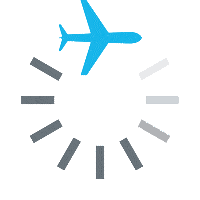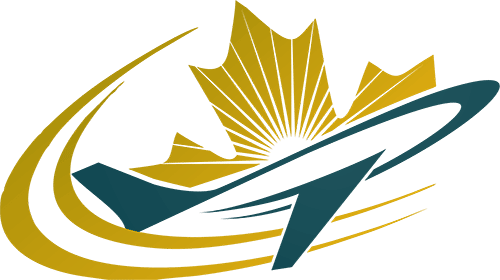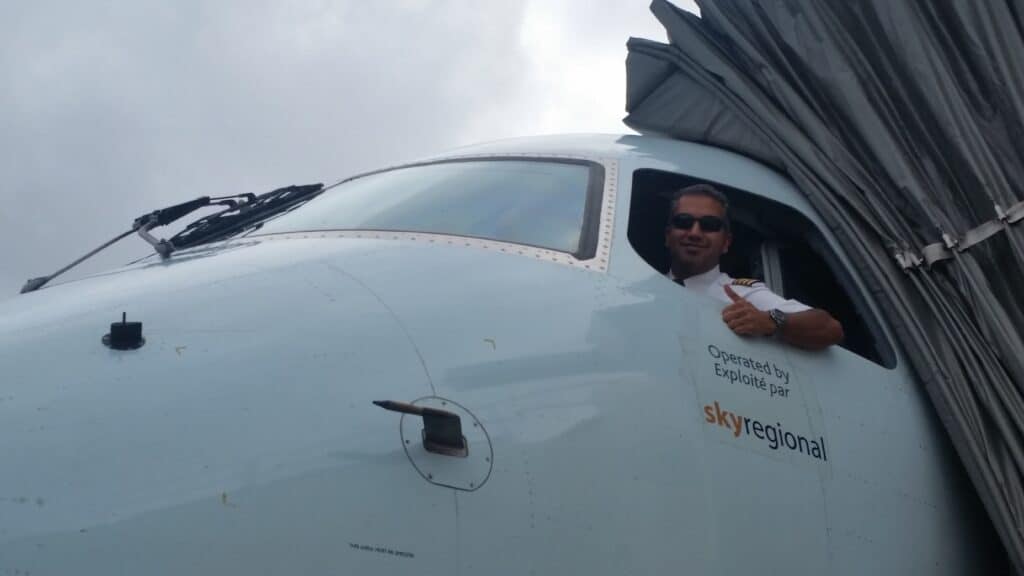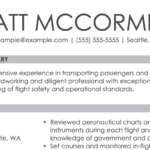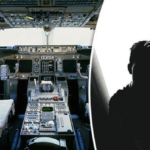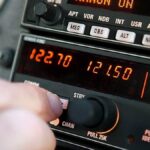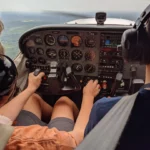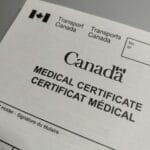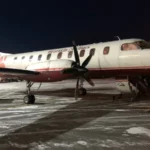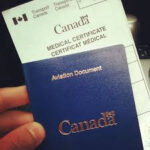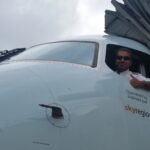It’s a pretty common question for newly minted private pilots to ask how they will go about their commercial pilot flight training at their local flight training unit. The reality is that most flight schools in Canada that are authorized to conduct commercial pilot training don’t make their students follow any syllabus, which leaves the students to figure out their flight training on their own. This may lead students to conduct their training in an inefficient manner which may prolong their training time and increase their costs. Together, we will explore some tips that new private pilots should consider when finishing their PPL and working towards their CPL.
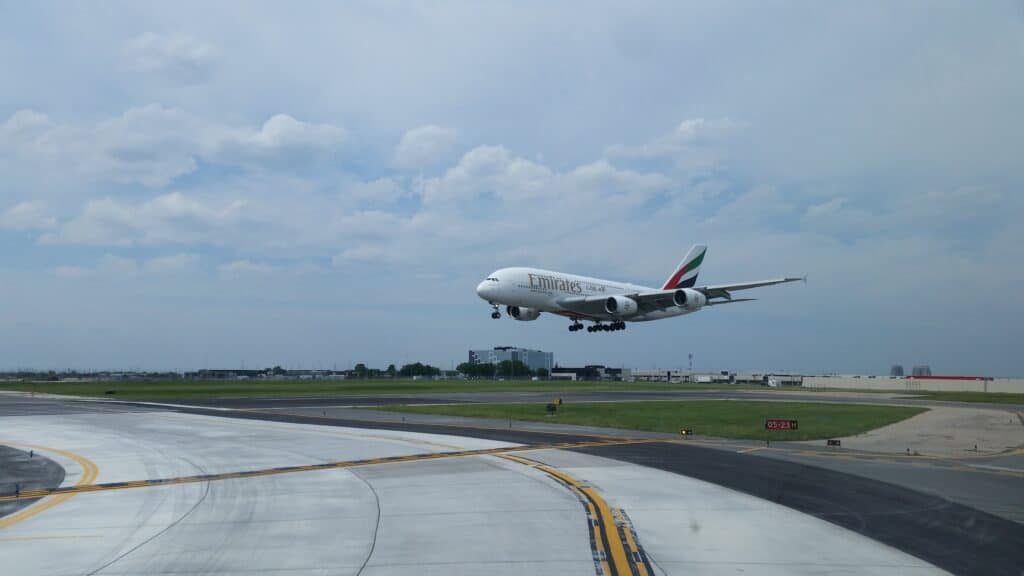
Canadian Aviation Regulations and Commercial Pilot Training
Before we talk about how to make the most out of your commercial pilot flight training, it is worth examining the regulations surrounding the commercial pilot license.
The Medical
To exercise the privileges of a commercial pilot license, pilots need to hold a Transport Canada Category 1 medical. You do not need to hold the Category 1 medical to begin training, but you will need it when you are admitted to the CPAER exam and to the Commercial Pilot flight test. Keep in mind that if you hold a Category 1 or 3 medical and only have a PPL, your medical is legally valid for 5 years. We expand on this in our article on aviation medical validity periods.
The Standards
Ground School
You’ll need to complete a commercial pilot ground school, either in-person or online. You’re in luck because we have a commercial pilot ground school which was created by active commercial and airline pilots, and is taught by an experienced airline pilot, airline instructor, and career flight instructor. Most CPL ground schools are taught by inexperienced flight instructors with no real world experience to back up their teachings. Even other online ground schools are a repeat of the PPL versions with expanded sections for CPL information.
Don’t succumb to this low level quality of ground school! As you become a commercial pilot, the information and knowledge you use is applied in a different way than a regular private pilot. As a CPL, you are employed by an air operator and you are generally “go minded” while working in the bounds of weather and legalities. You try and make a flight work, and if you can’t, then you don’t.
Commercial pilot ground school requires you to approach the knowledge from a different perspective and from a different lens. If your ground school provider is giving you the same perspective as a PPL or is taught by someone with no real commercial or operational experience, contact us for help and assistance.
That is our shameless plug in our article. But seriously, aviation can sometimes be the blind leading the blind, and we don’t need any more of that.
CPL Experience Requirements
- A minimum of 200 hours flight time in aeroplanes, of which a minimum of 100 hours shall be pilot-in-command time including 20 hours cross-country pilot-in-command flight time, and
- Following the issuance of a PPL, have completed 65 hours of commercial pilot flight training in aeroplanes consisting of a minimum of:
- 35 hours dual instruction flight time, under the direction and supervision of the holder of a Flight Instructor Rating — Aeroplane, including:
- (I) 5 hours night, including a minimum of 2 hours of cross-country flight time;
- (II) 5 hours cross-country, which may include the cross-country experience stated in subclause (I); and
- (III) 20 hours of instrument flight time in addition to the experience stated in subclauses (I) and (II). A maximum 10 hours of the 20 hours may be conducted on an approved aeroplane simulator or synthetic flight training device.
- 30 hours solo flight time including:
- (I) 25 hours solo flight time emphasizing the improvement of general flying skills of the applicant which shall include a cross-country flight to a point of a minimum of 300 nautical mile radius from the point of departure and shall include a minimum of 3 landings at points other than that of departure; and
- (II) 5 hours solo flight time by night during which a minimum of 10 takeoffs, circuits and landings were completed.
- (I) 25 hours solo flight time emphasizing the improvement of general flying skills of the applicant which shall include a cross-country flight to a point of a minimum of 300 nautical mile radius from the point of departure and shall include a minimum of 3 landings at points other than that of departure; and
- 35 hours dual instruction flight time, under the direction and supervision of the holder of a Flight Instructor Rating — Aeroplane, including:
Written Exam
Once ground school is completed, students must write and pass the CPAER written exam. Students can write the exam once they have 100 hours and a valid category 1 medical. This must be done before a student is admitted to the CPL flight test.
A student must apply for the CPL within 24 months of finishing their CPAER written exam.
CPL Flight Test
Yes, there is a CPL flight test! Most students in Canada who complete their CPL training at a flight training unit can be admitted to their CPL flight test once they have 150 hours of flight time. Students need a letter of recommendation from their instructor, a category 1 medical, and the CPAER written and passed.
The student must apply for a CPL within 12 months of their CPL flight test.
Commercial Pilot Flight Training
Let’s say you have 70 hours and fresh ink on your new Private Pilot License, congratulations! The first thing you should do is enjoy that PPL for a few hours. Celebrate with your family and friends, go flying for your $300 hamburger to the local airport, fly around your house if you haven’t done so by this point, enjoy your PPL, you’ve earned it.
At some point, you need to start thinking about how you’re going to meet those standards that we have outlined above. How you do that depends on how much money you have available to you and what the end goal is. Students need to reflect on their goals so they know which path to go down at the beginning of their training. Keep in mind that as you begin down one path, you may change your mind and choose a different path, and that is okay. As you change paths, let’s say from wanting to become an airline pilot to wanting to be a float pilot, you will carry your previous training and experience with you in that new role. Change is okay, seriously.
For an initial perspective, anyone wishing to be an airline pilot will eventually require a multi-engine rating, a group 1 IFR rating, and a night rating. All three of these ratings can be done as a part of the CPL training, if time and money allow it. If a pilot only wants to become a flight instructor, none of these ratings are actually required – a CPL may be issued without the night time requirements being completed; if this happens, the CPL holder is restricted to daylight flying only. If a pilot wants to become a float pilot, it would be prudent to get a seaplane rating and do this as part of the CPL training.
The goal is to know what your end game is and to try and incorporate that training into your CPL training as much as possible. This will save you time and money in the long term.
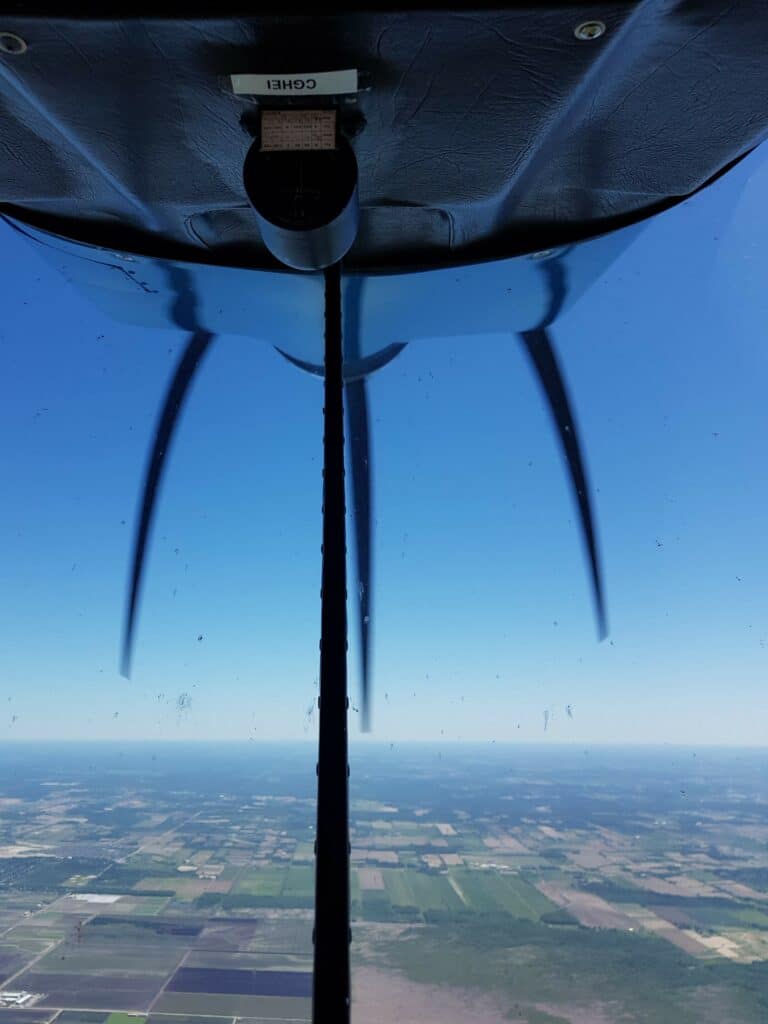
Typical Airline Driven CPL Syllabus
If a student wants to become an airline pilot, this is the typical training progression we may see from them at a local flight school:
- Enrolls in online ground school
- Earns night rating
- Builds cross country time, preferably at night when safely able.
- Conducts IFR training in a single engine aircraft/simulator
- Earns multi-rating
- Earns Group 1 IFR rating
- Completes CPAER written exam
- Completes CPL flight test
This is not written in stone and can be changed depending on the student’s financial situation, flight instructor availability, aircraft availability, and more. As a fresh PPL, you need to make the training work for you and your lifestyle. If the weather is nice, build cross country time. If it is bad where you are, it might be worth starting some IFR training. Be flexible and make it work.
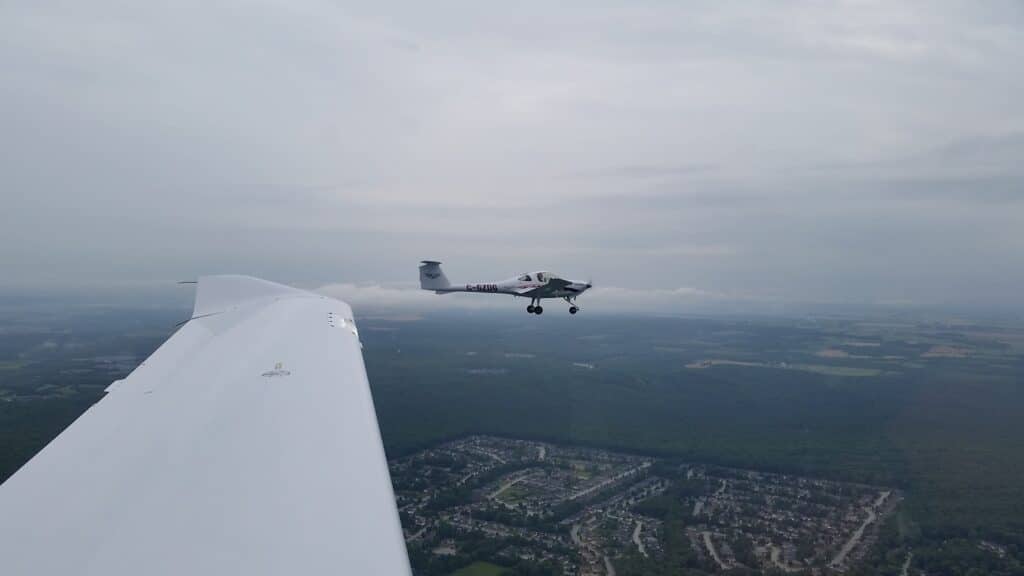
CPL Cross Countries
This topic is likely the most common one which requires additional guidance and advice. If you are driven towards an ATPL, you will eventually need 25 hours of night PIC cross country time. Try and incorporate this into your training if you are going down this path. Students who do not do this may have to rent an aircraft down the road to build this time to meet these ATPL standards, something that increases your time and money spent on training in the long run. If you want to hold an ATPL, try and do as much night PIC cross country during your CPL training.
We also recommend finding someone at your local flight school who is also doing CPL training. We suggest pairing up with them and joining them on cross country flights, even taking turns as to who will fly. This will expose you to different methods of flying, personalities, and styles, while still being in a safe training environment. By pairing up with a buddy, you can also increase the distance you travel away from your flight school, thus exposing you to different environments and teaching you more.
For example, two students departing Winnipeg could fly to Toronto and back in a Cessna 172. One student flies to Toronto, the other flies back the next day. Notice that this also exposes you to taking care of an aircraft overnight and away from home base, something very typical in most commercial roles. There is logistics involved here which require skills and careful planning. Try it out during your training.
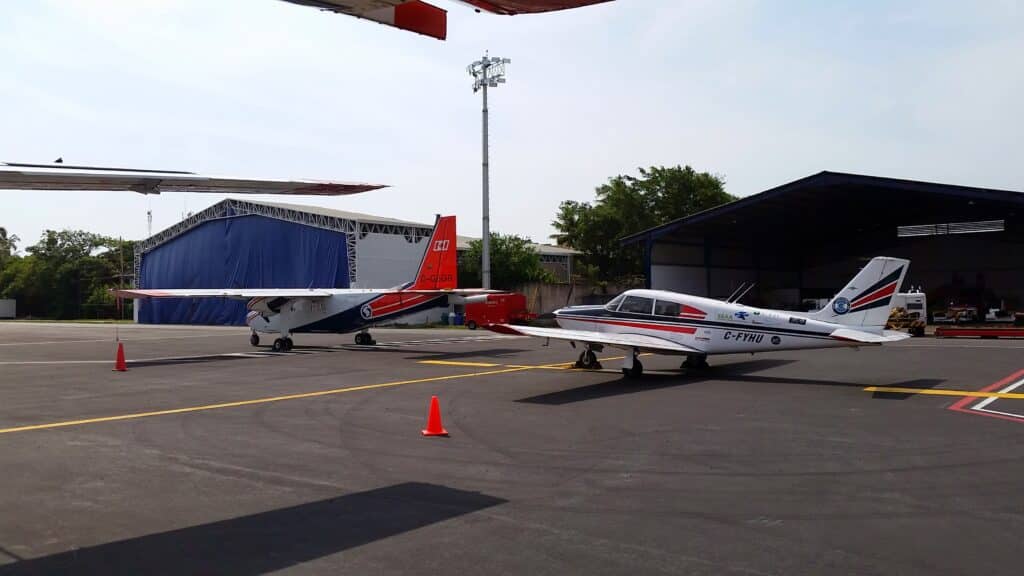
This also gets you out of the habit of doing the same flight multiple times to simply build time. You could be a pilot with 50 hours of cross country or you could be a pilot with 1 hour of cross country repeated 50 times. See the difference? You’re training and you need to safely expand your horizons in different places, try and do that.
When planning these cross countries, we suggest trying to plan and fly them like a typical commercial pilot would. These means:
- Getting thorough weather and route briefings
- Possibly flying on typical VFR/IFR routes which may include airways or air routes
- Speaking to ATC while enroute
- Flying in an efficient manner, eg. flying constant descents from cruise to landing when able
- Being professional
- Using an appropriate level of automation during flight, when applicable
- Having proper light etiquette (use of nav lights, taxi lights etc.)
Aircraft Exposure
By this point you may have gathered that we encourage students to expose themselves to different ways of flying as much as possible in their training environment. This includes exposing themselves to different airplanes. Whenever possible, try and fly a different variety of types for a few hours to expose yourself to different ways of flying. You may be hanging around the airport and befriend a Bonanza owner, ask if you can hitch a ride on their next flight. If someone is doing multi engine training, ask them (and the instructor) if you can sit in the back and observe the flight. Do an hour of aerobatics if you can. Overall, learn that there are different ways of doing things.
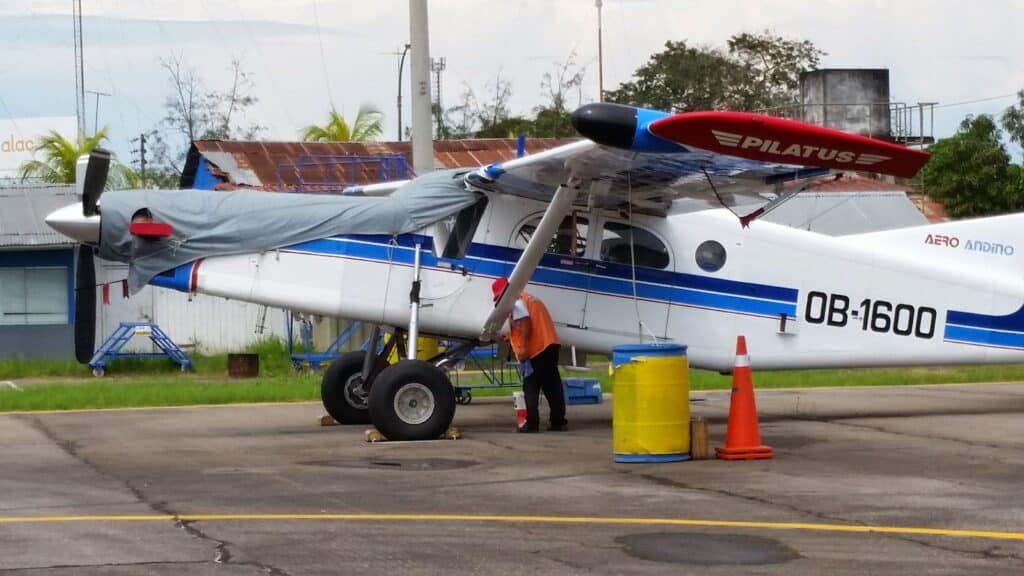
How to Save Money on Commercial Pilot Training
You may have heard of local flight clubs or private owners offering block time on their aircraft. Block time is when an aircraft owner will sell you air time on their private aircraft to offset the cost of their ownership. Block time aircraft are typically lower in cost per hour due to the private registration of the aircraft. This means that private aircraft insurance applies, the aircraft may be on a private maintenance schedule, and the aircraft would normally be located off of flight school property. All of these factors lower the cost per hour.
Since you’ll likely be doing a lot of cross country time anyways, why not do it away from the flight school (but still under the supervision of a flight instructor) and save yourself thousands of dollars. Block time aircraft will typically have more availability and lower costs, so take advantage when you can.
Flight schools may try and fool you, coerce you, or guilt you into using their aircraft. Often times, these flight schools don’t have your best interest at heart because they are not making as much money from you as they could be. Don’t fall for it.
Wrap Up
At the end of the day, do what is best for yourself, your life, your career, and your training. Flying should be fun and if it ever isn’t, it is time to take a step back and reevaluate what is going on. The PPL is an opportunity for you to learn and grow, not just as a pilot but as a human being too. Try and push the boundaries a bit in a safe manner while still learning. Expose yourself to new people, new airplanes, and a new way of doing things. In doing so, you’ll be set for a career in aviation.
How much do commercial pilots make?
Commercial pilots can make anywhere from $42,000 to $180,000 in Canada. This wide range is due to the low pay rate of entry level jobs when compared to more consistent jobs in Canada.
What is difference between airline pilot and commercial pilot?
In Canada, the main difference between an airline and commercial pilot is their ability to act as Pilot in Command at an airline. Pilot’s who hold an airline transport pilot license can act as a Captain at an airline, whereas pilots who only hold a Commercial Pilot license can only be First Officers.
Is it hard being a commercial pilot?
With enough drive, passion, and willingness, the job of being a commercial pilot may not be that hard.
- Aviation Resume Writing
- Depression and Medications for Pilots
- ROC – A: Restricted Operator Certificate with Aeronautical Qualification
- ADHD in Aviation
- Transport Canada Aviation Medical
- Navigating the IATRA Exam: A Key Step for Aspiring Commercial Pilots in Canada
- Private Pilot License Canada Timeline | Learn Quickly with Canadian Flight Trainers
- Literacy in Aviation
- Our Tips for Commercial Pilot Training in a Flight School
